Effective irrigation is a cornerstone of successful gardening, and the right pump plays a vital role in any drip irrigation system. If you're looking to optimize your garden's watering system, understanding the differences between drip irrigation centrifugal pumps and self-priming pumps is essential. This guide will help you navigate your options and choose the right pump based on your specific needs, system size, and water sources.
What is a Drip Irrigation Pump?
A drip irrigation pump is designed to provide a consistent flow of water directly to the roots of your plants, ensuring they receive the moisture they need without excess runoff. Choosing the right type of pump can significantly impact the efficiency of your irrigation system.
Overview of Pump Types
1. Centrifugal Pumps
Centrifugal pumps are the common choice for drip irrigation. They utilize a rotating impeller to create a centrifugal force that moves water through the system. These pumps are known for their efficiency and ability to handle large volumes of water, making them suitable for extensive garden setups.
2. Self-Priming Pumps
Self-priming pumps are designed to automatically draw water into the pump without manual priming. This feature is particularly useful if your water source is located below the pump. They can effectively handle air in the system, ensuring a consistent flow even in varying conditions.
Key Differences to Consider
Priming Method
*Centrifugal Pumps: Require manual priming to eliminate air from the system before operation.
*Self-Priming Pumps: Automatically handle air, simplifying the setup process.
Efficiency
*Centrifugal Pumps: Generally more power-efficient for high water flow requirements, ideal for larger setups.
*Self-Priming Pumps: May consume more energy due to the need for continuous priming.
Versatility
*Centrifugal Pumps: Best suited for steady, reliable water sources.
*Self-Priming Pumps: Offer greater flexibility for varying water levels, such as tanks or ponds.
Maintenance
*Centrifugal Pumps: Require regular maintenance, including checking seals and impellers.
*Self-Priming Pumps: Also need upkeep, but their design can reduce issues related to air locks.
Factors to Consider When Choosing a Pump
1. System Size
For larger gardens or agricultural setups, a centrifugal pump may offer better efficiency and capacity. Conversely, smaller or more variable systems may benefit from the convenience of a self-priming pump.
2. Water Source
Evaluate your water supply's characteristics. If you draw water from a lower source, such as a tank or pond, a self-priming pump could be more advantageous.
3. Budget
Consider your budget when selecting a pump. Both centrifugal and self-priming options are available at various price points, so weigh the features and benefits against your financial limits.
Practical Tips for Pump Selection
*Assess Your Garden Needs: Consider the types of plants you're growing and their specific watering requirements.
*Research Pump Brands: Look for reputable manufacturers that offer reliable warranties and customer support.
*Read Reviews: Customer feedback can provide insights into the performance and longevity of different pump models.
Choosing the right drip irrigation pump—be it a centrifugal or self-priming model—can greatly influence the health of your garden. By understanding the unique features of each type and considering your specific needs, you can make an informed decision that supports your gardening goals. With the right pump in place, you'll enjoy a flourishing garden that thrives with efficient watering.

 English
English русский
русский Español
Español
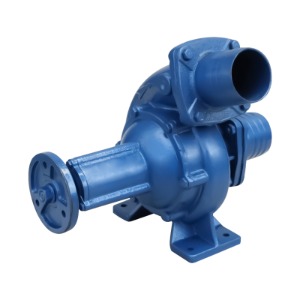
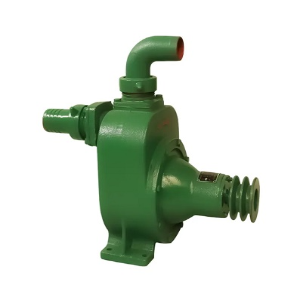
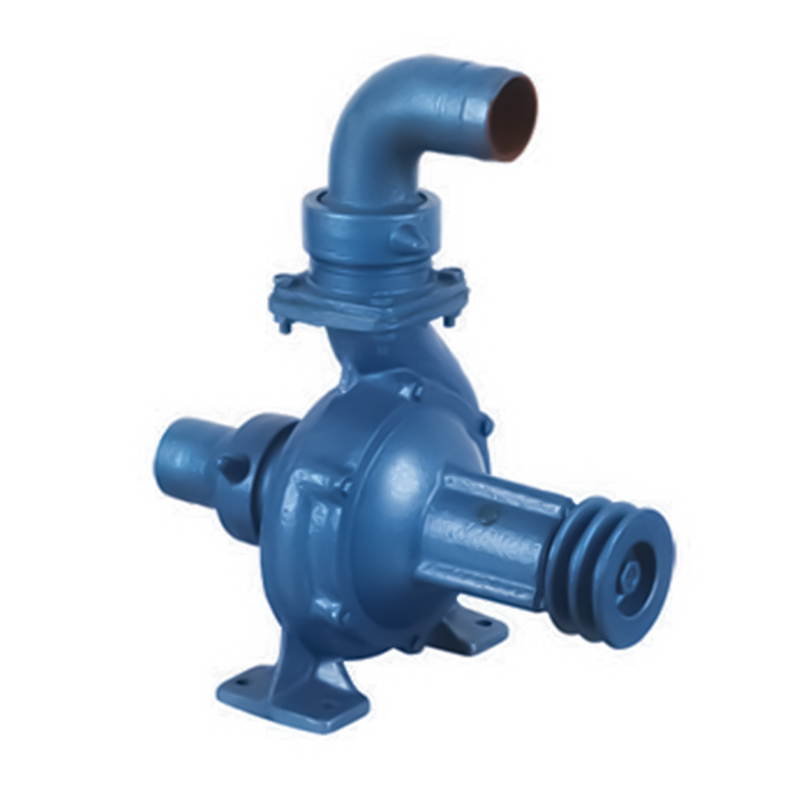
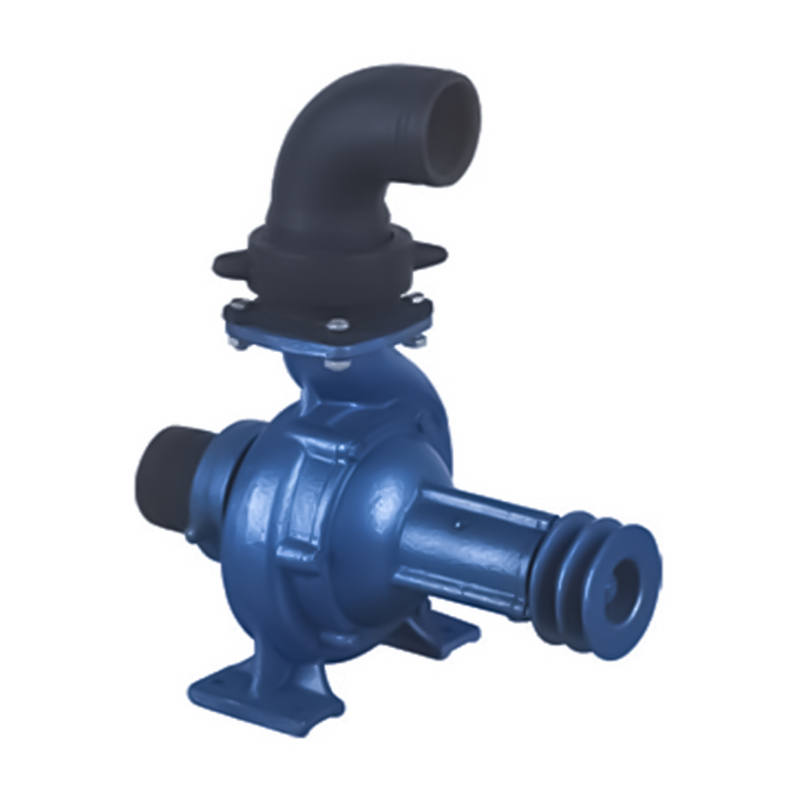

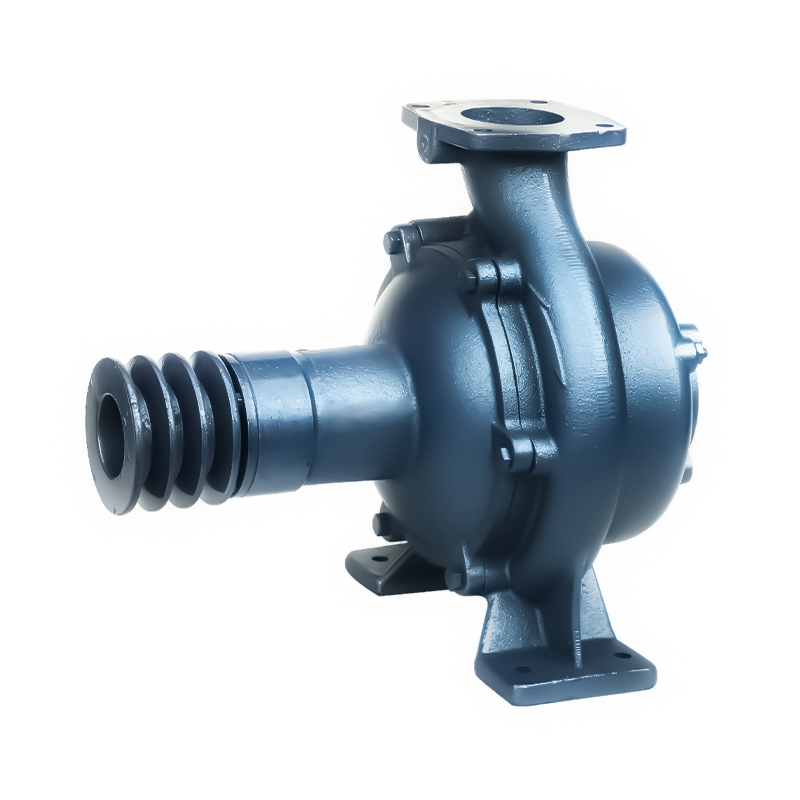
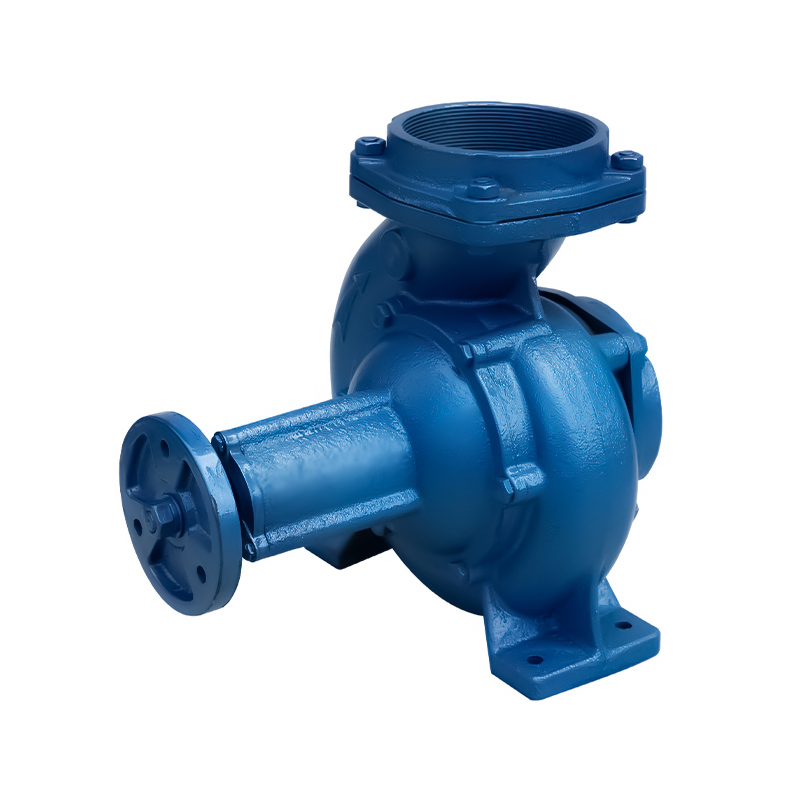
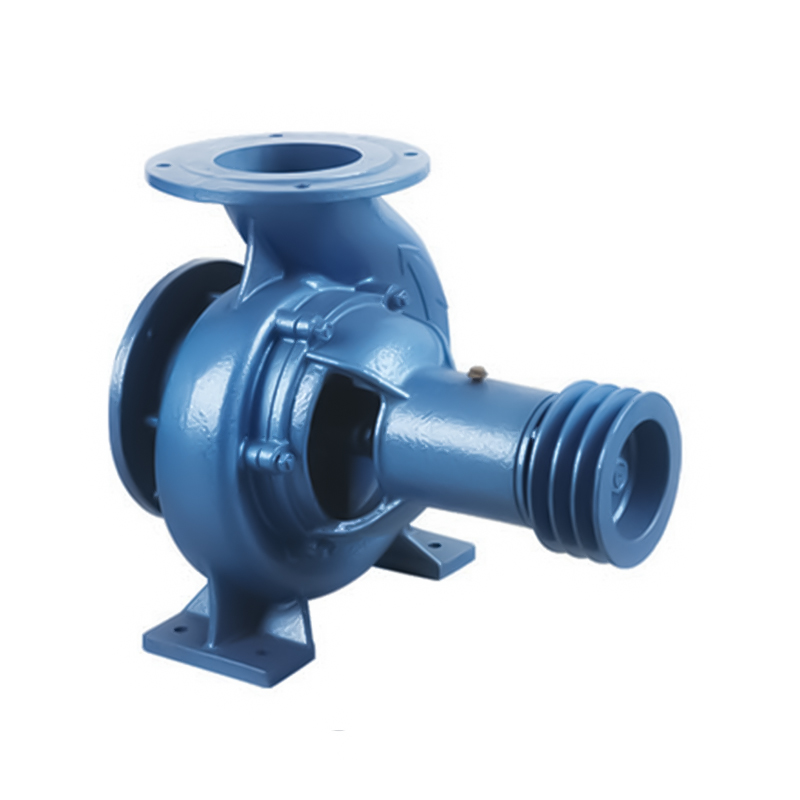
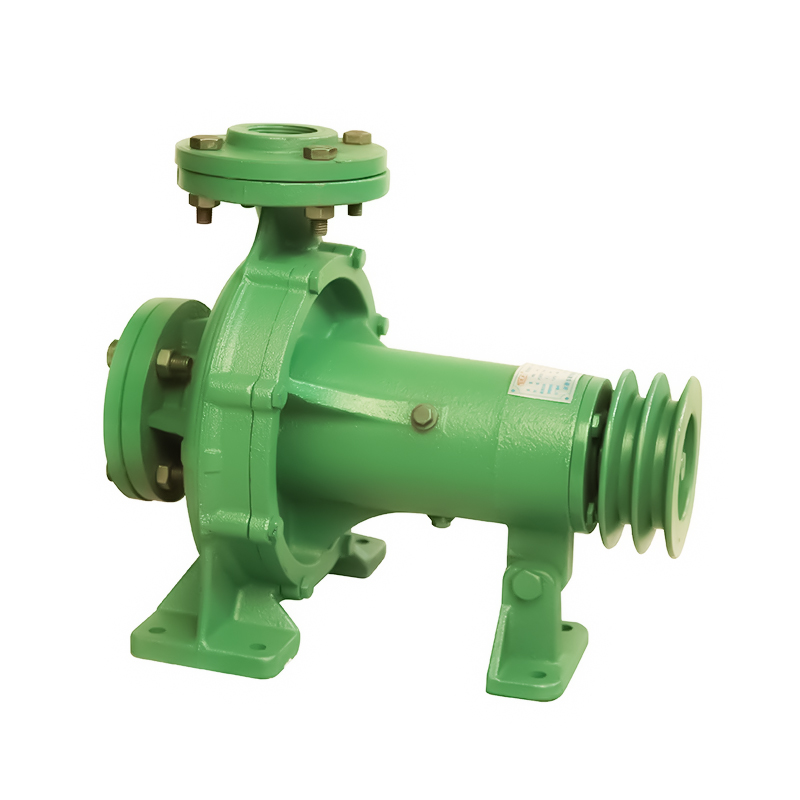

 Email:
Email:
 Phone:+86-13605899207
Phone:+86-13605899207

